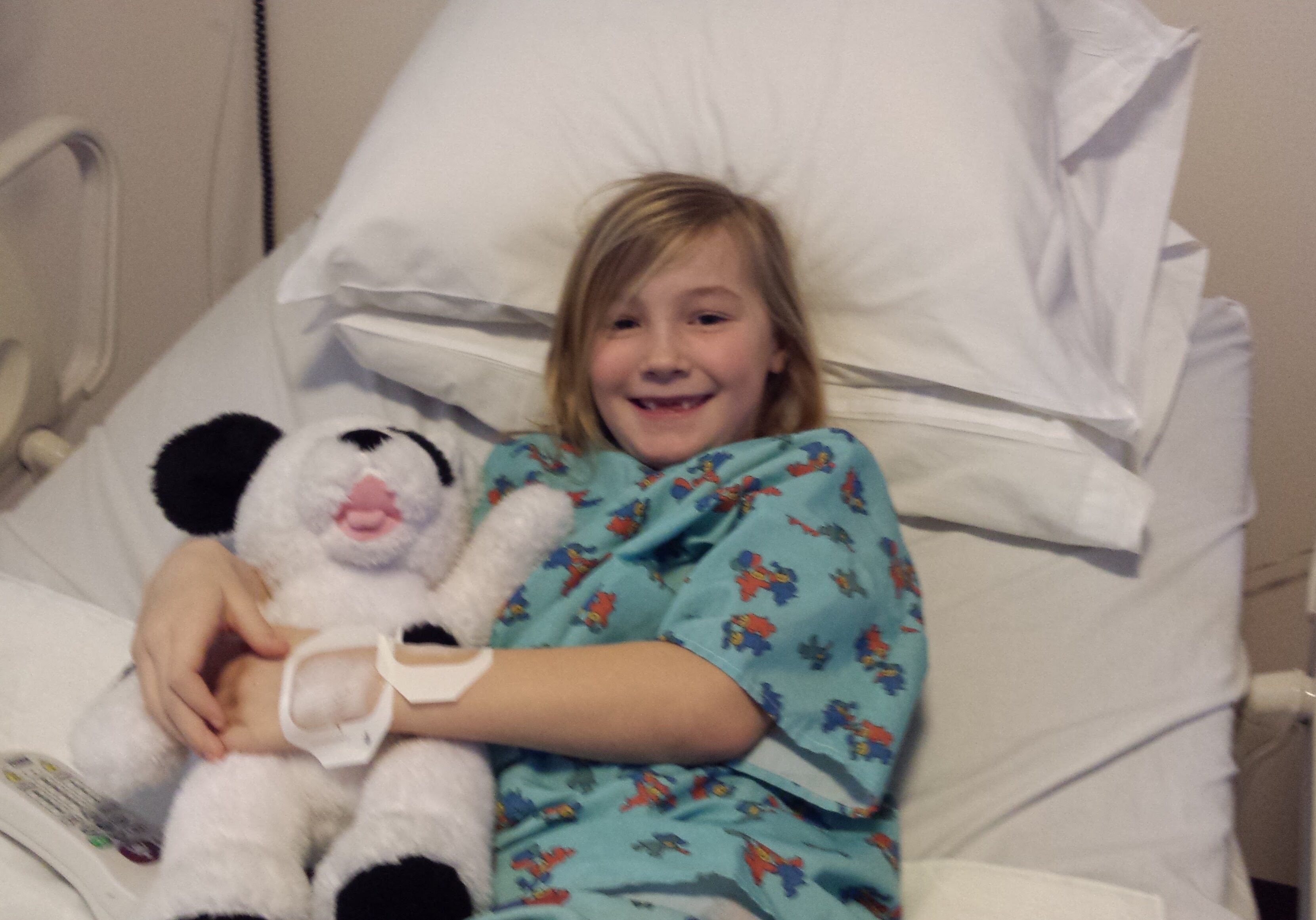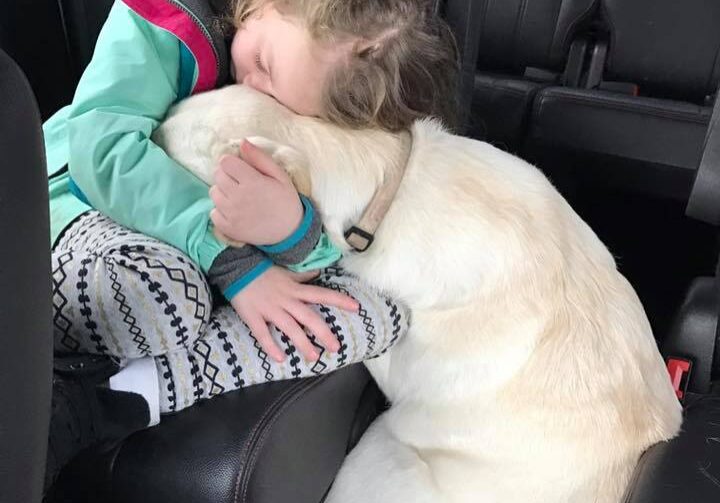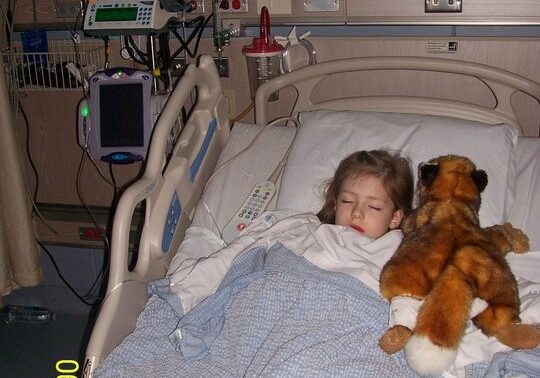Diagnosis




How is CRMO/CNO diagnosed?
CRMO is a “diagnosis of exclusion.” This means that other diseases must be ruled out before the diagnosis can be made because the bone changes can look like infection or cancer. Generally, many tests are required, such as blood tests, X-rays, bone scans, MRI, and sometimes a bone biopsy. There is no unique test to confirm the diagnosis of CRMO. Your doctor will decide which tests are needed to diagnose your child.
Magnetic resonance imaging (MRI) is a technique that uses a magnetic field and radio waves to create detailed images of the organs and tissues within the body. Whole body MRI is the preferred imaging tool used to monitor CRMO. If whole body MRI is not available, an MRI of specific sites (such as an ankle or collarbone) and/or a bone scan may be done. A bone scan is a nuclear imaging test that uses radioactive materials to highlight areas of abnormal bone. A bone scan is not as sensitive as an MRI but can give a whole body picture as a baseline. A bone biopsy is a procedure where a sample of bone is removed and tested for cancer, infection, or other bone diseases.
X-ray


A. Irregular area of bone destruction (indication by arrow) in the right fibula (thinner bone of the ankle) shown on an X-ray.
B. Normal left fibula from same child on an X-ray
MRI and Bone Scan


MRI (A) and bone scan (B) images showing inflammation within bones.
A. Tibia (shin bone)
B. Clavicle (collar bone)
What Causes CRMO?
The cause of CRMO is unknown. The immune system damages the bone. Genetic and environmental factors may play a role.
What is happening in the bone?
Your immune system cells produce proteins that send signals to make inflammation. There are two main type of cells needed for bone development in children. One type of cell, osteoblasts, makes the bone. The other, osteoclasts, breaks down the bone. In normal bone development, these two cells work together to maintain healthy strong bones.
In CRMO, the immune system proteins make the osteoclasts work too much and the result is that they damage or eat the bone. This causes bone pain with or without swelling. Subsequently, fractures may occur. Even if pain is better with treatment inflammation may still be occurring. Children with CRMO/CNO need long term follow up with a pediatric rheumatologist. The drawing below illustrates normal and abnormal bone.




Illustration by Lauren Potts
Some Kids are Misdiagnosed

The doctor can sometimes dismiss the pain that the person is feeling as growing pains. They might also think that the limp, often times seen with this disease, is due to too much activity or injury. When an MRI is performed that shows the appearance typical of CRMO, a bone biopsy may need to be performed to rule out possibilities of a bacterial infection and cancer. This can be a very scary process for families waiting for a diagnosis.
